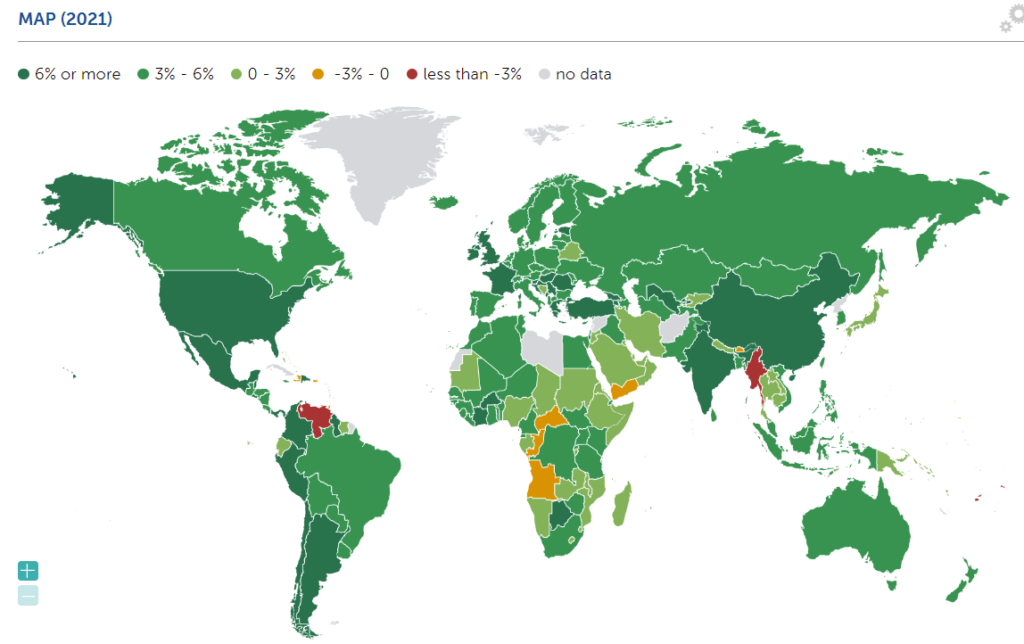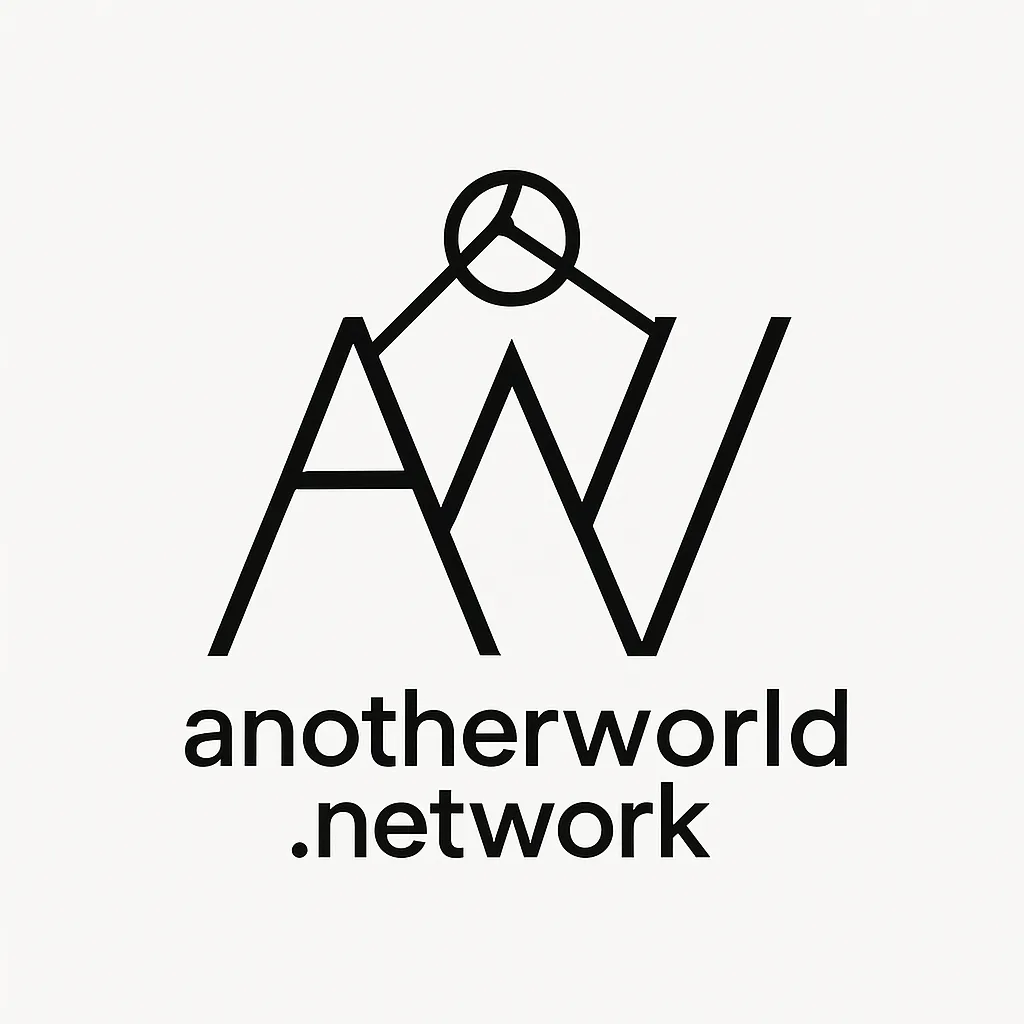At this particular moment of current affairs we have yet to note how the discussion on the Russian-Ukrainian conflict is sadly tainted by prejudices. Who will win the war? What are the reasons for the war? Who is most afraid? Who is in the right portion of the story? How bad will it end? When the questions are dictated by tension and the urgent need to understand, to know exactly what are the weights and counterweights, simulation and reality, prejudices are mainly fed by three factors:
- An instinctively emotional and irrational approach to the issue, which undoubtedly amplifies the deadly social rifts that emerged in many Western countries during two years of harassment imposed by liberal and discriminatory regimes. These now reflect on the population in an improper and inopportune way, clouding the understanding of a complex event like this war. This contamination is clearly delineated among opinion leaders, popularizers and “alternative” journalists, mainly through social channels (telegram, youtube, rumble etc). The enormous popularity they acquired during the first two years of the pandemic era thanks to the pandemic argument, is now being diverted to the war theme, assuming that it can be handled just like other issues, which later became public domain, such as social restrictions, social discrimination and government measures.
- Opposing and dissonant propaganda. The power of the respective propaganda machines – the Euro-Atlantic one on the one hand and the Russian-Chinese one on the other – literally floods all the mass media, both official and so-called counter-information, with false or manipulated news. This applies to both the EU and NATO blocs, as well as to the Eurasian counterpart.
- Lack of truly independent sources. Generally what sometimes passes itself off as such is only “independent” from the manipulation of the opposing party, remaining however similar to that of the friendly party. Furthermore, counter-information often does nothing but determine itself as the direct opposite reflection of the dominant information, which relegates it to the mainstream paradigm. For this reason the mainstream language in turn determines the “alternative” language, the facts of the mainstream profiles the “alternative” facts and so on.
Therefore, following the respective propaganda sources it will never be possible to understand what are the reasons for a war.
Look for an analysis of the forces at play
Let’s try to connect some objective data, in order to evaluate the strengths and weaknesses of the main players in the field. First of all, it must be established that although war is fought in the unfortunate territory of a country, there is no doubt that this can only be considered global, just because of its economic consequences. Therefore the contenders involved in the clash are not only Russia and Ukraine but the USA, Europe – Russia and China. We exclude some satellite nations for the moment. For Europe we must not understand the EU as a single belligerent entity or potentially such, but a political and economic jumble with local interests and foreign policies that are different for each region. We also note that the EU, as we have seen several times in the past, even with regard to the pandemic emergency, when the game gets serious it simply does not exist.

Let us now consider the alignments from an economic point of view, assuming GDP as a parameter of comparison, while bearing in mind that this certainly does not measure either the well-being of a country or its “wealth”, actually indicating approximately the economic load that a nation can or not to support. Since we are talking about geopolitics and war, we believe this is a parameter to be taken into consideration. As you can see in the two rankings that follow, the US remains by far the leading economy in the world, followed by China which continues its unstoppable growth. Italy is now eighth, overtaken definitively by India and chased by Brazil (which in fact has already surpassed it in the World Bank ranking). Russia is only twelfth and has a lower GDP than countries such as Canada and South Korea (in the CIA ranking also lower than Spain and Australia).
The reasons for a war in the reports of the respective military economies
It will be said that Russia is, however, a nuclear power and that this element has more of a propaganda value, because Putin cannot seriously think of using the nuclear arsenal except in a self-destructive delirium even before it is destructive.
However, by doing some simple research it is possible to ascertain that the disproportionate American military expenditure does not translate into a symmetrical military disproportion. While taking into account the limits on the accuracy of the data, the web offers us estimates in terms of the number of actual soldiers in force on the two sides, the American and the Russian, which at least leave us perplexed.
The units in service in the American armed forces (Wikipedia data of 2017) are 990,000 of which 460,000 in the regular army and the remainder equally divided, 335,000 each, between the National Guard (to defend the territory of the United States) and reservists. The Russians instead (source Wikipedia) in 2020 amounted to 900,000 actual soldiers and 1,100,000 reservists. Despite the enormous economic effort, the real American military weight, by virtue of its presence in the numerous war theaters, is greatly reduced. From a more purely economic point of view, we cannot avoid the evaluation of the compensation in dollars received by the soldiers of the respective contingents, or the difference in costs in the respective equipment.
The soldier’s salary
Always bearing in mind that the data shown below are only indicative, and that they may vary depending on the sources we are going to verify, through some quick online consultation it emerges that the average salary of a simple American soldier is around $ 31,000 a year at home, but can also exceed 50,000 in mission . Conversely, the salary of a Russian soldier is around 30000-40000 rubles per month, that is to say just over $ 500, in other words $ 6,000 a year.
Therefore, considering only the minimum wages in dollars, the Americans spend 3 times more than the Russians, relying on half of the total effective soldiers. All this also affects the cost of vehicles and equipment. Obviously this difference implies that for both Americans and Europeans, any involvement in an external conflict would multiply economic efforts far beyond their own economic capacities. Although this is not currently a war between the United States – NATO and Russia, these considerations can help to understand the reasons for a war, including hesitation or failure to intervene directly against Russia, also because in our reasoning we have not yet considered the Chinese forces. Underestimating Russia militarily would undoubtedly be a grave mistake by virtue of the lower investments that this country invests in defense.
Conclusions
The portrait of the United States and the entire collective West that emerges from these data is rather bleak. A heavily indebted, resource-hungry and energy-intensive economic system, militarily unbalanced and burdened by the enormous costs of its equipment, albeit very sophisticated.
For the United States and Western Europe, the inexorable emergence of Chinese power has upset the balance in the field. The US did not find an adequate political strategy that would allow it to maintain the status of the world’s first superpower. In fact, both the strategy of Bush jr. – or rather, the neocon ideologues – to agitate a “permanent threat” to justify a military spending such as to maintain their advantage over the rest of the world, – both the democratic way, in the Clinton and Obama version – or to destabilize countries of interest on the basis of an alleged ethical superiority first and then military.
Donald Trump has at least been able to avoid the mistakes of all his predecessors, not unleashing further wars even if there was no lack of expansionist aims with Venezuela and North Korea. As Napoleon said, “if you can’t beat them, make them friends”; reassessing the friendship between Kim Yong Un and Trump in the light of this statement is a must.
It is too early to judge the current Biden administration, but from a monopolar point of view like the American and globalist one, unleashing Europe against Russia could be, on the American side, the last card to play to contain Chinese power. Having a Europe-Russia axis would have been even more deleterious for the United States because this would have meant having to balance economically and militarily two other spheres of influence now economically superior and technologically advanced.
Basically, a detached reasoning, devoid of bias or preconceived ideologies on the Ukrainian crisis, suggests a world that is heading towards a new bipolar equilibrium, with a West in which the American primacy over the European ally and an East is confirmed and consolidated. where a probable Chinese primacy over Russia is affirmed, corroborated by the cohesion (NEWO) with India, Brazil, Iran and South Africa.
For the Euro-Atlantic economy, the time for growth seems to be over, moreover, signs of a slowdown had been seen for some time. For Europe this has been a dramatic reality for years now; the US was able to amortize its economic suffering better than others, but not without resorting to the use of generous injections of liquidity into its financial system.
China will perhaps still be under the illusion that the problem does not concern it, but then when from a poor country they become a rich country, they too will suffer competition from low-cost labor from less developed countries.
The ideologues of the World Economic Forum and the Great Reset are trying to give an absolutely self-referential representation of the future, with disturbing, if not terrifying, answers and solutions. A large portion of the counter-information is persuaded by their fetishes, but is missing out on a much more complex framework: the paradigm shift will be forced directly to the top, from the so-called New World Order one of the most probable scenarios will in fact be the one that sees the reins slip of global power in the hands of the New Emerging World Order, built by China, Russia, India, Brazil and South Africa.
What will be the point of arrival?
We have tried to explain it in another article: the possible epilogue of these accelerated dynamics would seem to be precisely the “zero-sum growth”, so desired by Klaus Schwab. Some areas will therefore be arbitrarily desertified, shifting the axis of development and abandoning those areas of the planet where the confusion generated does not allow a quick re-settlement. Nasty policies have dragged “growth” to the detriment of other countries, and this seems to be no longer possible. A new paradigm is urgently needed.
